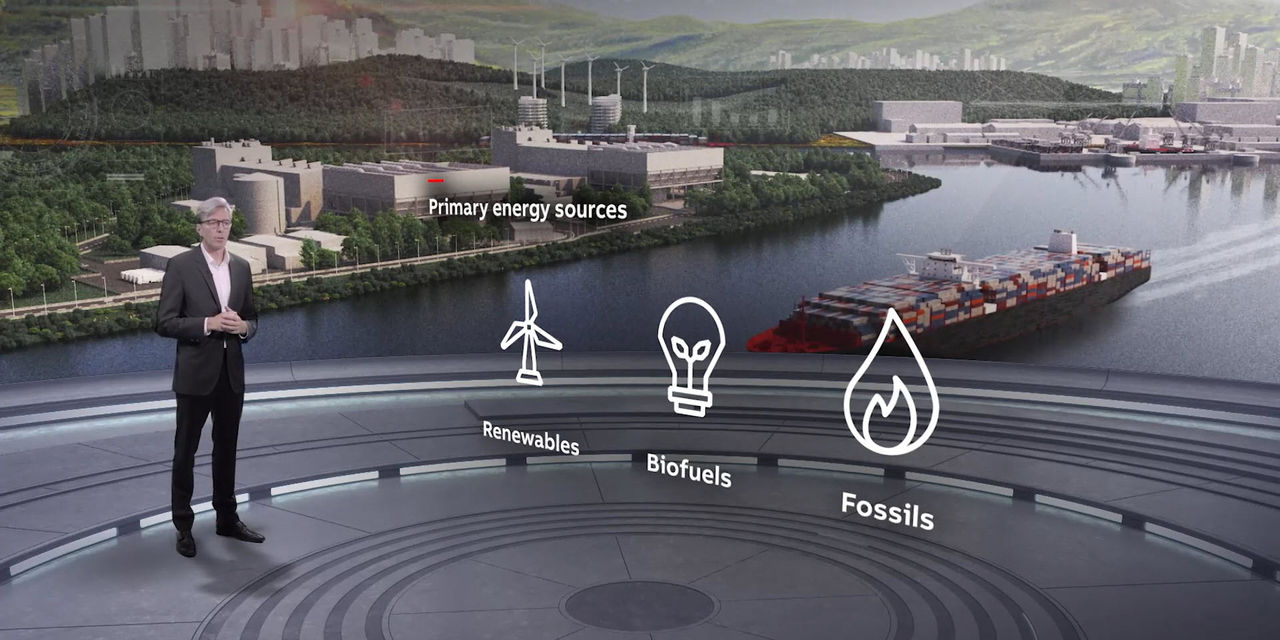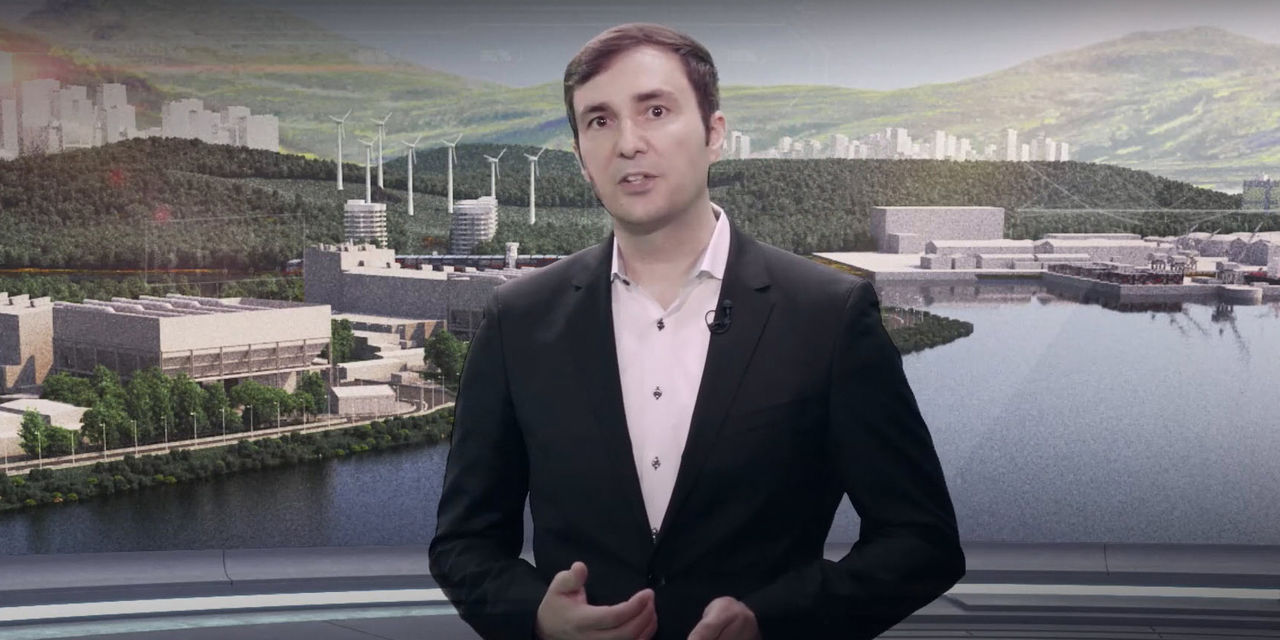On June 24, 2021, ABB hosted a media event focusing on how and when the marine and power generation industries will adopt alternative future fuels to dramatically cut emissions. In shipping, the initial IMO GHG Strategy set out ambition levels for the maritime industry to reduce CO2 emissions by 40% in 2030, by 70% in 2050 and reduce total GHG emissions by at least 50% in 2050 compared to 2008 levels. The power industry is equally, if not even more under pressure from manifold national, regional and international targets and regulations.
Kicking off the proceedings, leaders from ABB Turbocharging, headed by its president, Oliver Riemenschneider, discussed the roadmap to a carbon-free future.
 Oliver Riemenschneider
Oliver Riemenschneider
Electrification using current storage technology will not provide a useful solution for deep-sea shipping, Riemenschneider explained: one litre of conventional fuels contains the same energy as 40kg of electric batteries, rendering the technology impractical for anything but short trips. Thus, the internal combustion engine, adapted for new fuels, will continue to be vital for many segments of industry.
Joining the discussion, Christoph Rofka, SVP at ABB Turbocharging, agreed that electrification through renewable sources was an efficient and attractive route for smaller scale applications, but that shipping and power generation will require an alternative route through cleaner fuels. Biofuels provide one possibility, and are carbon-neutral, but the supply that can be produced will not be equivalent to the level of demand, said Rofka.
 Christoph Rofka
Christoph Rofka
This is where hydrogen comes in, Rofka said, produced using electricity from sea water. It can be created using electricity from renewable sources, like solar and wind, and is known as ‘green hydrogen’, or from conventional fossil fuels, in which case it is described as ‘blue hydrogen’.
But hydrogen gas has a low power density, which means that, for more demanding applications, it will need to be converted into ammonia, methanol and other hydrogen-based fuels that offer a better power:volume ratio.
This creates a considerable premium on new fuel sources: the hydrogen needs to be created using electricity generated elsewhere, then synthesised into another fuel, and the infrastructure to create and transport this pipeline doesn’t yet exist. In the short term, at least, while renewable sources of electricity represent a small minority of power generated, blue hydrogen will be a likely interim step in decarbonisation. Technologies like pyrolysis and carbon capture offer alternative production possibilities to reduce emissions during its production.
On the subject of power plants, Gerald Mueller, ABB General Manager, explained that renewable power generation can be intermittent — it isn’t always windy or sunny — so intelligent power switching solutions, backup sources and power banks will continue to be required. Conventional power generation plants will continue to be required at peak times, and when there’s a trough in renewable power production, but these power plants can also ultimately be resourced using blue, then green, hydrogen in an internal combustion engine.
 Gerald Mueller
Gerald Mueller
ABB’s head of application engineering, Dino Imhof, reiterated that the largest 30% of ships, which account for 80% of shipping’s greenhouse gas emissions, will not be able to use electric engines unless there’s a significant scientific breakthrough in the area. And that hydrogen needs to be converted into something with a higher power density, that’s also easier to handle and store. The timeline is tight: to meet the 2050 IMO objectives, some vessels will need to have moved to future fuels by 2030.
 Dino Imhof
Dino Imhof
The good news is that turbochargers will be equally useful for zero-carbon fuels as they have been for fossil fuels. Obtaining the correct mixture of oxygen and fuel in the engine will be essential for fuel efficiency, which will assume even greater importance given the likely high initial costs of alternative fuels. Happily, while different alternative fuels have very different combustion properties, the ratio between their required air mass and heating value — measured as the amount of air required to release a specific amount of energy — does not vary so dramatically — and are close to the operating parameters of existing turbocharger designs with minimal adaptations. Engine designs are still under development and the dominant choice of fuels for shipping is as-yet unknown, but ABB is confident that fuel-saving turbocharger technology will be available for whichever fuel solutions the industry leans towards.














